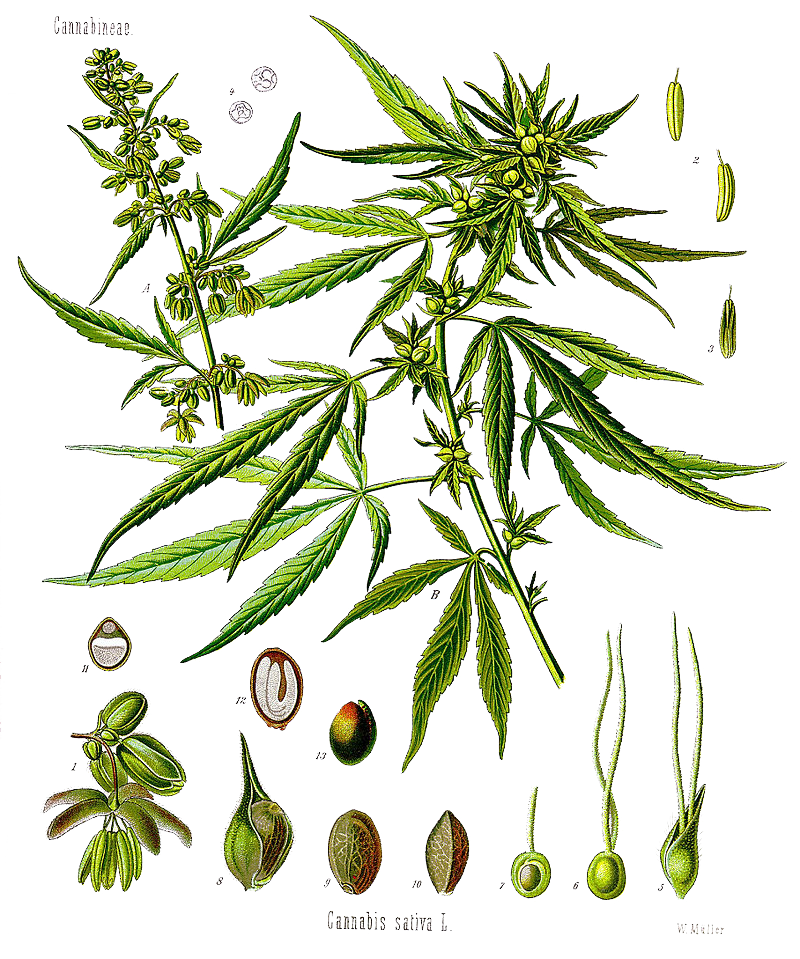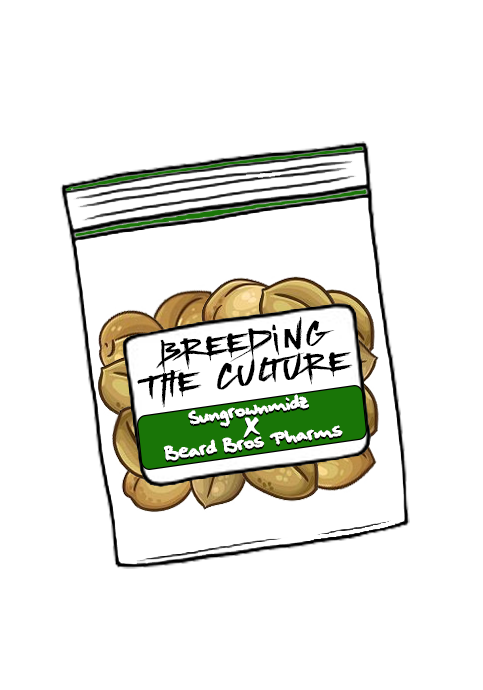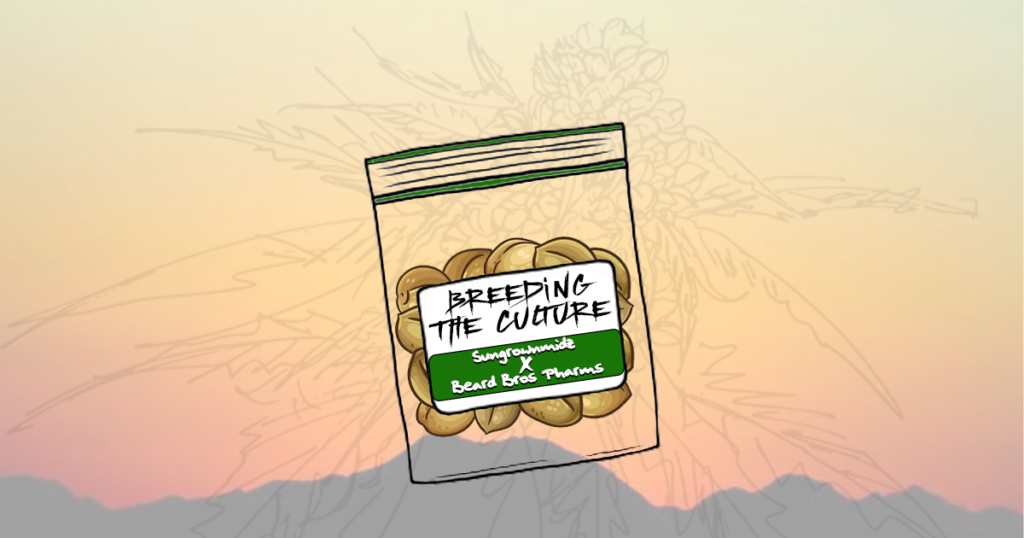Over the last few months on my IG @sungrownmidz, I have been posting profiles of cannabis breeders to document the history of cannabis breeding and show the methods and accomplishments of those breeders who’ve left their mark on history. When the Beard Bros reached out and asked me if I wanted to work on expanding the content into a regular series on their platform I jumped at the opportunity and the Breeding the Culture series was born.
The culture of cannabis and cannabis breeding are deeply interconnected. Throughout history, every culture that has cultivated and used cannabis has in the process exerted selective pressure on the cannabis genome to suit their particular purposes and end-uses.
 The hemp cannabis cultures of eastern Asia, and Europe; the Hashish cannabis cultures of central Asia Middle East, and North Africa; the sensimilla consuming cannabis cultures India, Southeast Asia, and South Africa; all cultivated and selected cannabis based on their particular cultural needs, practices, and preferences. Contemporary cannabis culture is no exception. Since the 1960s the global cannabis culture that has emerged and developed over time has had significant selection pressure on the cannabis genome.
The hemp cannabis cultures of eastern Asia, and Europe; the Hashish cannabis cultures of central Asia Middle East, and North Africa; the sensimilla consuming cannabis cultures India, Southeast Asia, and South Africa; all cultivated and selected cannabis based on their particular cultural needs, practices, and preferences. Contemporary cannabis culture is no exception. Since the 1960s the global cannabis culture that has emerged and developed over time has had significant selection pressure on the cannabis genome.
Contemporary cannabis breeders have developed the early modern hybrids, line breeding using the pedigree method, developed acclimatized varieties suitable for outdoor production in northern latitudes and indoor environments, through the process of recurrent selection breeders have selected for short flower periods, greater yields, and significantly increased potency and THC% thereby developing the standard commercial hybrids of today. Breeders have bred cannabis varieties focusing on specific chemotypes, minor cannabinoids CBD, CBG, THCV, and terpenes; breeders have developed autoflower varieties. Breeders have developed methods of reversing the sex of female plants producing viable pollen to produce largely “feminized” offspring as well as allowing for improved trait selection for breeding purposes and selfing which accelerates the process of inbreeding significantly. Cannabis breeders have also worked with and isolated specific heritable leaf mutations in a number of lines.
Most of this breeding was done under the constraints of prohibition. This meant many breeders had to work with limited population sizes, they had to learn about this subject without institutional support or access to commercial services. Most breeders were unable or unwilling to collect and keep detailed records of their work for fear of self-incrimination. prohibition created its own set of sector pressures that clandestine cannabis cultivators and breeders continually adapted to and overcame these constraints finding ways to preserve and improve cannabis germplasm despite the USFG spending billions of dollars to fund a war to imprison Growers and breeders and eradicate the plant.
In this series, we have set out to document the history of cannabis breeding and cannabis breeders from the early days of modern clandestine cannabis breeding to the present. Through individual breeder profiles, we will attempt to tell the story of cannabis breeding over the years. Our hope is to both document and catalog this history as best we can as well as to examine and recognize the methods and accomplishments of cannabis breeders over the years.
By documenting and sharing this history we hope to help preserve and maintain the culture that bred the modern drug hybrids and the heirloom varieties that in many respects are at the center of our global cannabis culture. Our history, our culture, and our decisions for better and for worse have been written into the DNA of the cannabis plant. This is part of our collective legacy as well as a shared responsibility of those who identify with the culture. This is what we will pass on to future generations. The Breeding the Culture series is our attempt to remember this history.


















